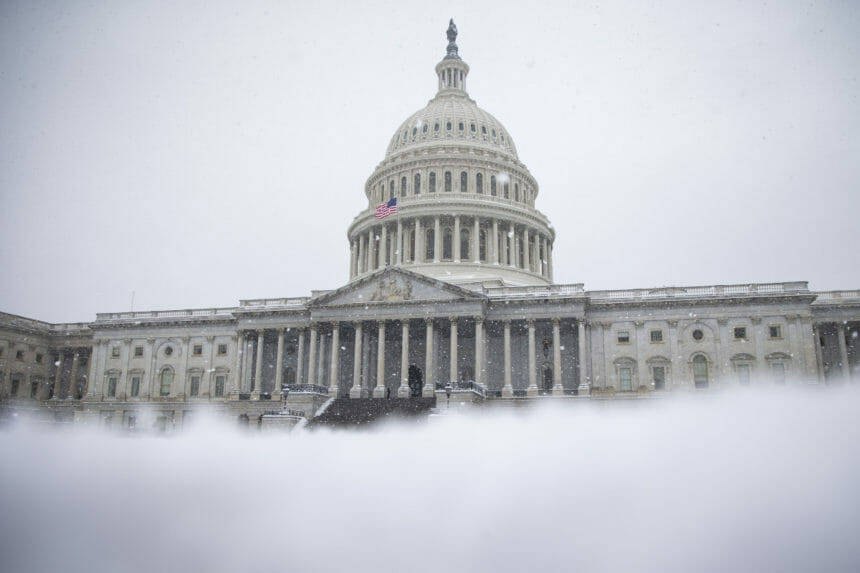Up against a short-term funding deadline and another possible government shutdown, Congress and President Donald Trump finally came to an agreement on an appropriations bill last week to fund the federal government through the end of the fiscal year in September. The bill was passed by the House of Representatives and Senate on Thursday and Trump signed it on Friday.
While funding for border security was well below what the administration requested, appropriations for health-related agencies saw a substantial increase. Scroll down for more details about what the new budget means for healthcare and pharma.
FDA funding went up again
The 2019 Food and Drug Administration budget has $3.1 billion in discretionary funding, up $269 million from fiscal year 2018, the largest year-over-year funding increase since 2010. The agency is also expected to collect $2.5 billion in user fees in 2019.
Funding to combat the opioid crisis is up
The government will provide $47 million in funding for regulatory science, enforcement, and innovation activities to combat the opioid epidemic. There’s another $16 million allocated to help rural communities purchase telemedicine equipment to address the crisis. About half of the $47 million will go towards the creation of a large-scale data warehouse to assess vulnerability points in the population, anticipate changes, and target regulatory changes that would be required.
About a third of the funding increases went to digital health initiatives
The FDA increased funding for medtech, medical data, and digital health programs by $81 million in 2019, about a third of the total funding increase. The breakdown includes $6 million for medtech manufacturing; $50.7 million for new medical data enterprise, or the FDA’s efforts to build a platform to incorporate real-world data; and $25 million allocated for the growth and transformation of digital health.
Spending on food safety will also increase slightly
Following widespread recalls and food-safety issues in 2018, including an E. coli contamination in romaine lettuce and a large recall of raw beef products due to salmonella, funding to address food-safety outbreaks was boosted by $5 million.







